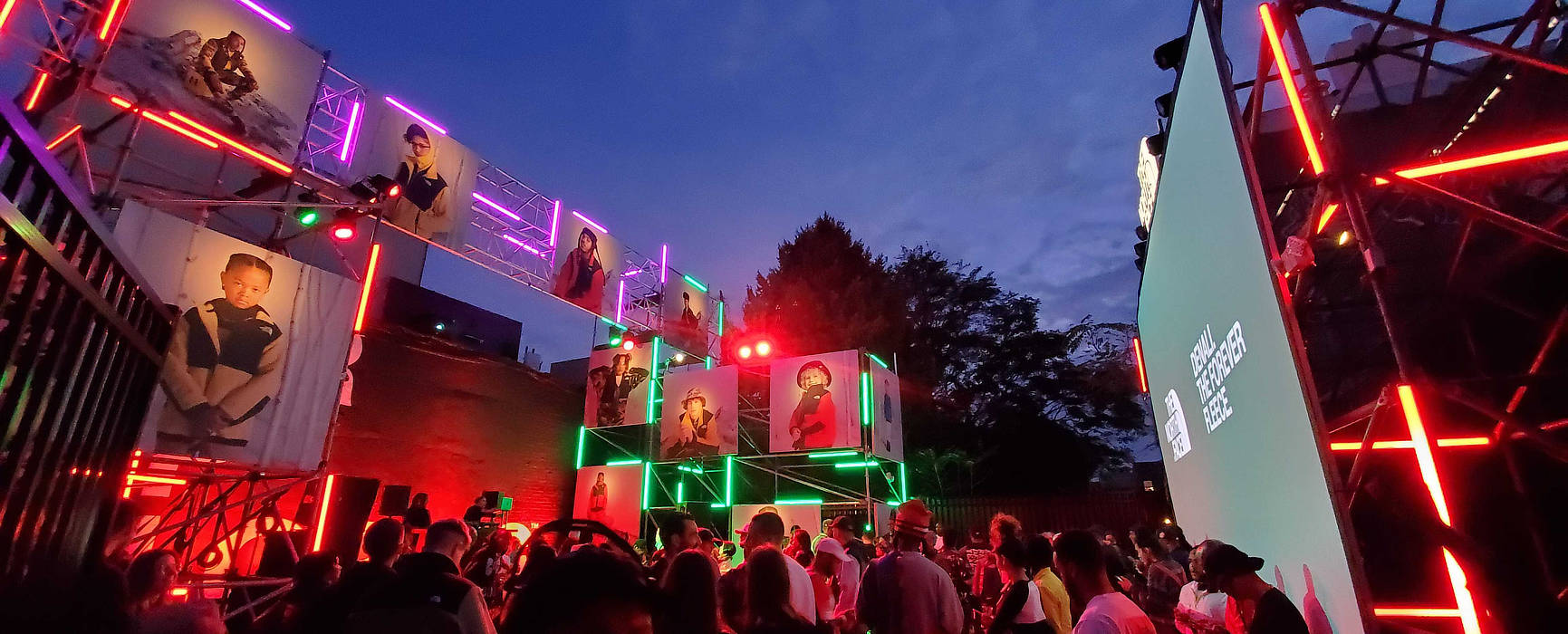Essential Strategies for Maximizing the Durability of Your Light Emitting Diode Display
Wiki Article
Light Emitting Diode screens are becoming progressively widely used for various purposes, from marketing to entertainment. To ensure that these screens function effectively over the years, it is crucial to adopt strategies that extend their durability. Comprehending the factors that affect the longevity of Light Emitting Diode walls can assist users maintain their functionality and prevent unnecessary replacements.
One of the main elements that can extend the durability of an LED wall is proper setup. It is vital to have a professional team handle the installation procedure to guarantee all parts are correctly connected. Inadequate installation can result in electrical issues or mechanical damage. Additionally, the placement of the LED wall should take into account surrounding conditions such as light exposure and humidity levels. A well-installed display in a suitable site will reduce the chance of damage caused by outside elements.

Regular upkeep is another key strategy to extend the lifespan of an Light Emitting Diode screen. This entails regular checks to check for any signs of wear or malfunction. Dirt and dirt can build up on the top of the Light Emitting Diode panels, affecting brightness and hue quality. Wiping the displays with suitable cleaners will help maintain optimal visibility. It is also essential to monitor the electronics behind the display, ensuring that all connections are tight and that there are no overheating issues, which can greatly shorten the lifespan of the parts.
Electrical control plays a vital role in enhancing the longevity of an LED wall. Excess voltage or unstable electricity supply can harm the internal circuitry. To prevent this, using a high-quality electric supply and implementing surge protection strategies is recommended. Additionally, adjusting the screen to function at reduced brightness levels when high brightness is not necessary can reduce wear on the LEDs. This not only extends the lifespan of the wall but also conserves power, making it a cost-effective option.
In addition, program control can affect the functionality of Light Emitting Diode screens. Consistently refreshing the program that operates the screen guarantees that it operates efficiently and incorporates any necessary security patches. Outdated software can lead to performance issues and may expose the system to vulnerabilities. Proper scheduling of content can also help in managing the workload of the display, allowing it to rest during off-peak hours, which can aid to a greater durability.
In conclusion, maximizing the durability of an Light Emitting Diode wall involves a mix of appropriate setup, regular maintenance, efficient power management, and diligent program management. By focusing on these essential tactics, users can ensure that their Light Emitting Diode displays stay operational and visually pleasing for numerous years. Read Full Report Implementing proactive steps will not only improve the performance of the LED screen but also provide a greater yield on investment over the years.